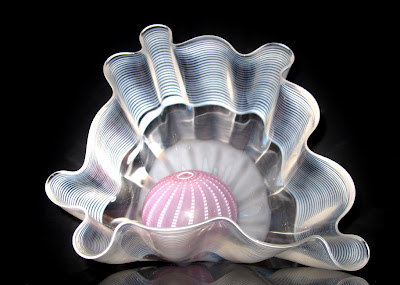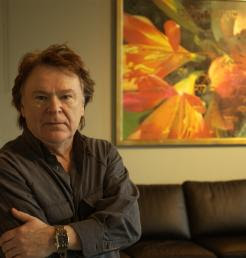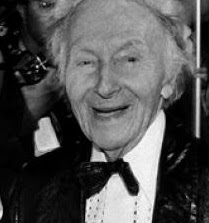Born Maurice Verrier, the artist often known as
Charles Levier is most of the most famous in both French and American history. The famous artist signed paintings with both names, and this approach has led to considerable confusion among many scholars. His work under both names is of the same subjects, material, and style, making his signature art easy to identify for the trained critic or collector. Although his heritage was French, he shared his time in France and America throughout his career making a huge impact on the art scene and culture of both nations.
Born in Corsica in 1920, Levier held artistic promise from a young age. At 17, he enrolled at L’Ecole Nationale Superieure des Arts Decoratifs. In his early education, he studied with Andre Lhote and Rouault. However, Levier’s early career was halted due to Levier’s military service for the French Army during World War II, where he served primarily in the North African conflict. His career took off in 1949 when he opened his first one man show in Lyons. He opened his first American show in Los Angeles one year later. He spent significant time in American and France and his art gained fame in both locations.
Charles Levier was a favorite artist among the pop culture elite in America. The rat pack, including Frank Sinatra, as well as Jackie Kennedy was major collectors of his work. His work referenced earlier French work due to its emphasis on cubism. The same design principles were echoed in the midcentury modern movement in America, making Levier’s art particularly popular during the 1950s and 60s in America. In 1955, the famous gallery owner Dr. Lilienfeld took notice of Levier’s work. Dr. Lilienfeld’s taste was widely respected, and his endorsement of Levier catapulted his art career to a new level. Dr. Lilienfeld was such a strong advocate of Levier’s talent and vision that many art historians consider Charles Levier’s broaden success in American impossible without his support.
The oil paintings created by Charles Levier vary in subject matter. Most are of city or landscapes or women. They are of both American and French subjects, but the quality of his art is always uniquely French in style. He is considered a figurative painting, and his paintings and both expressionistic and dramatic. Levier used colors to create feelings and perspective within his artwork. He used a range of mediums. While his most famous works are oil paintings, he also used watercolor, acrylic, and other forms of painting. He also did some more abstract work that has gained widespread popularity among collectors, especially in recent years.
Charles Levier’s most famous oil paintings include Camaraque, Fleurs Sur Balcon, Two Nudes, Village Corde, Pair of Young Ladies, and Miss Liberty. Today, Levier’s
original art can be seen at the famous Museum of Modern Art and the Menton Museum of Art in Paris, the Atlanta Museum, the Seattle, Museum, the Evansville Museum, the New Orleans Museum, and the San Diego Museum. Charles Levier passed away in 2003, but his famous artwork continues to let his legacy live on.



























